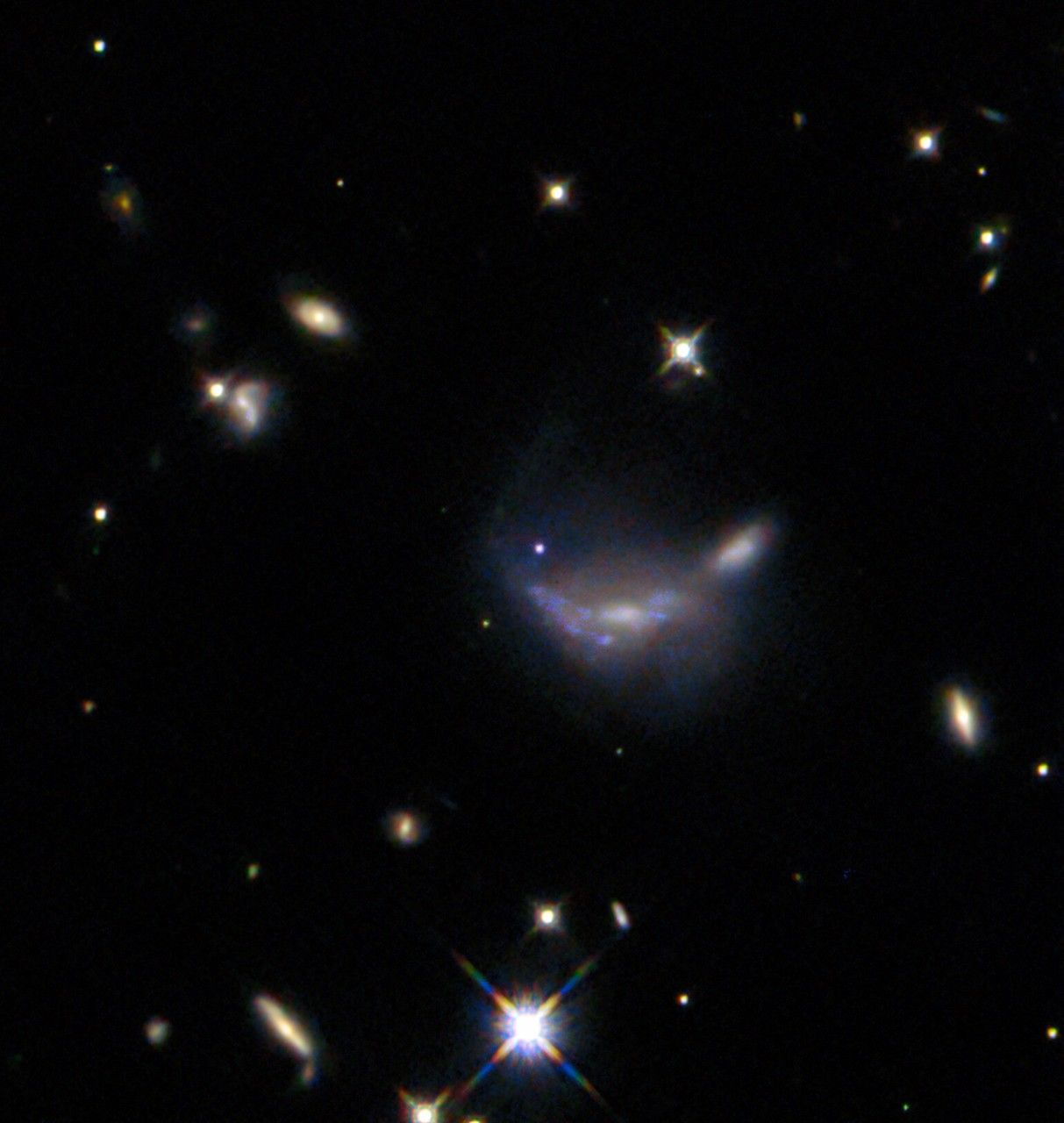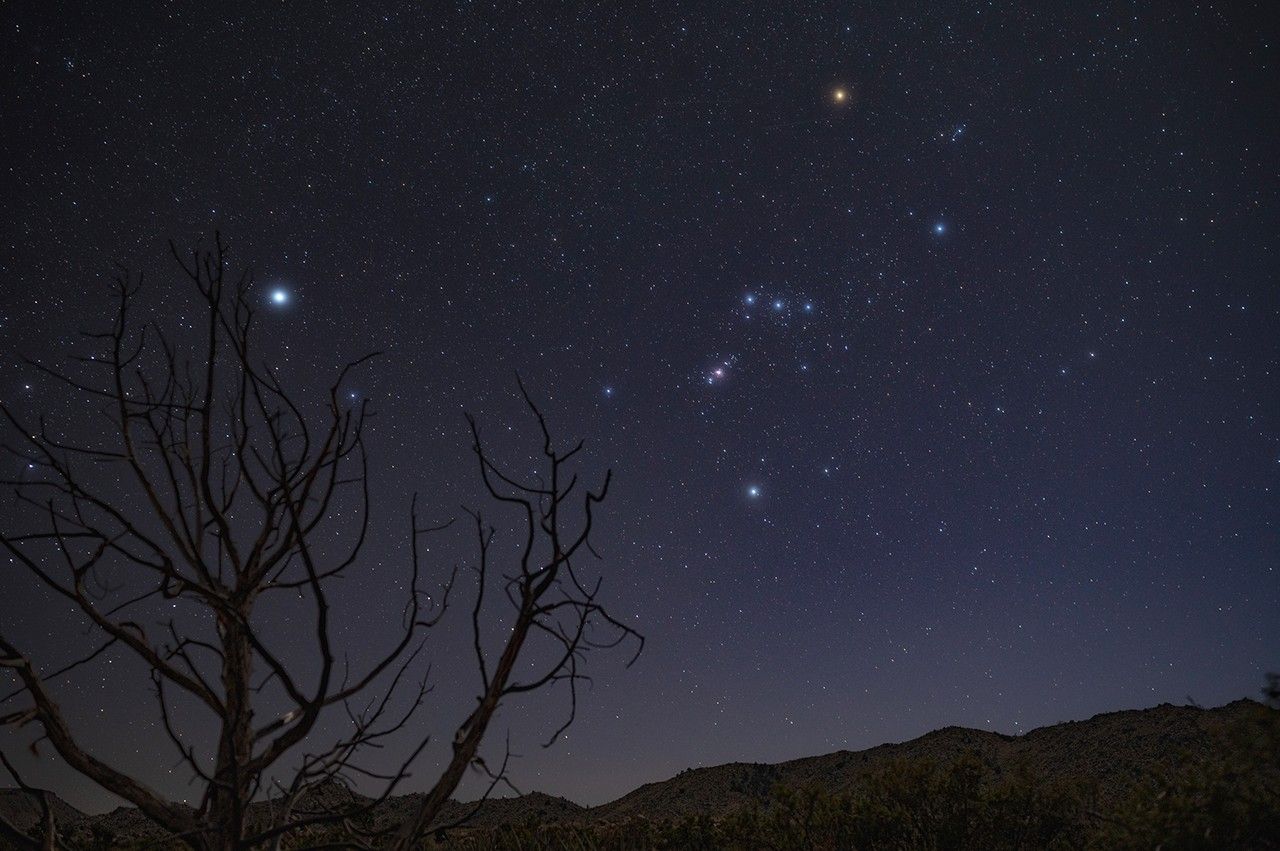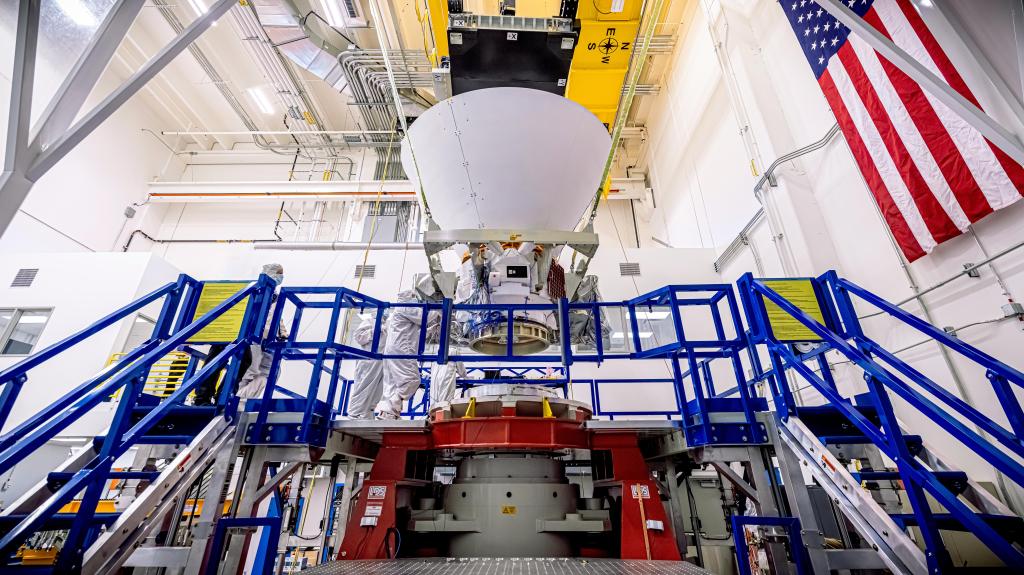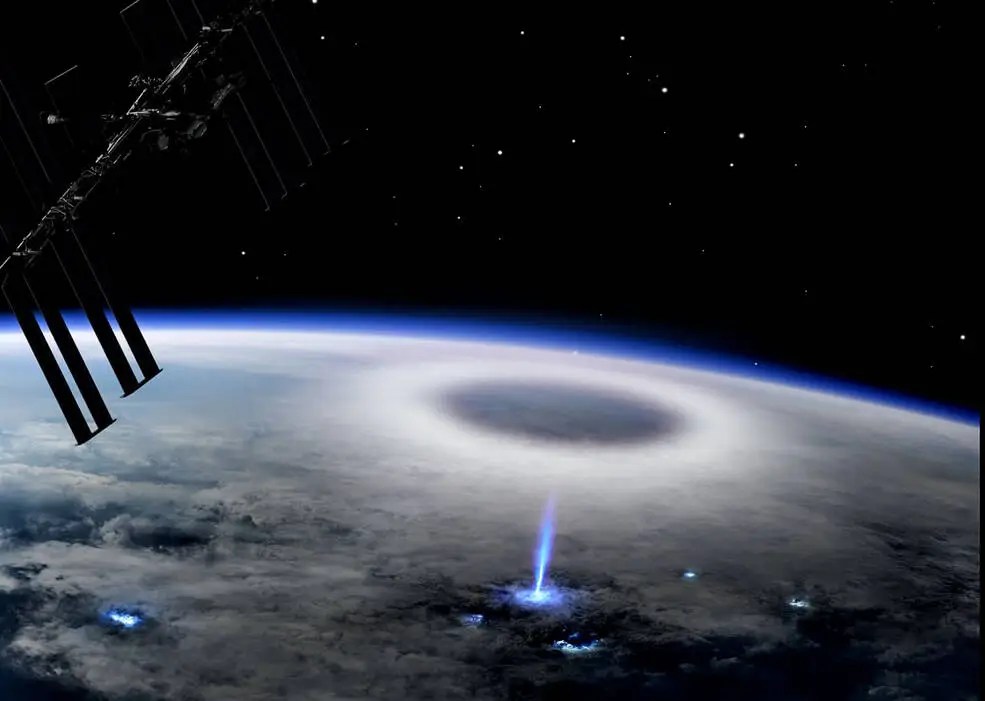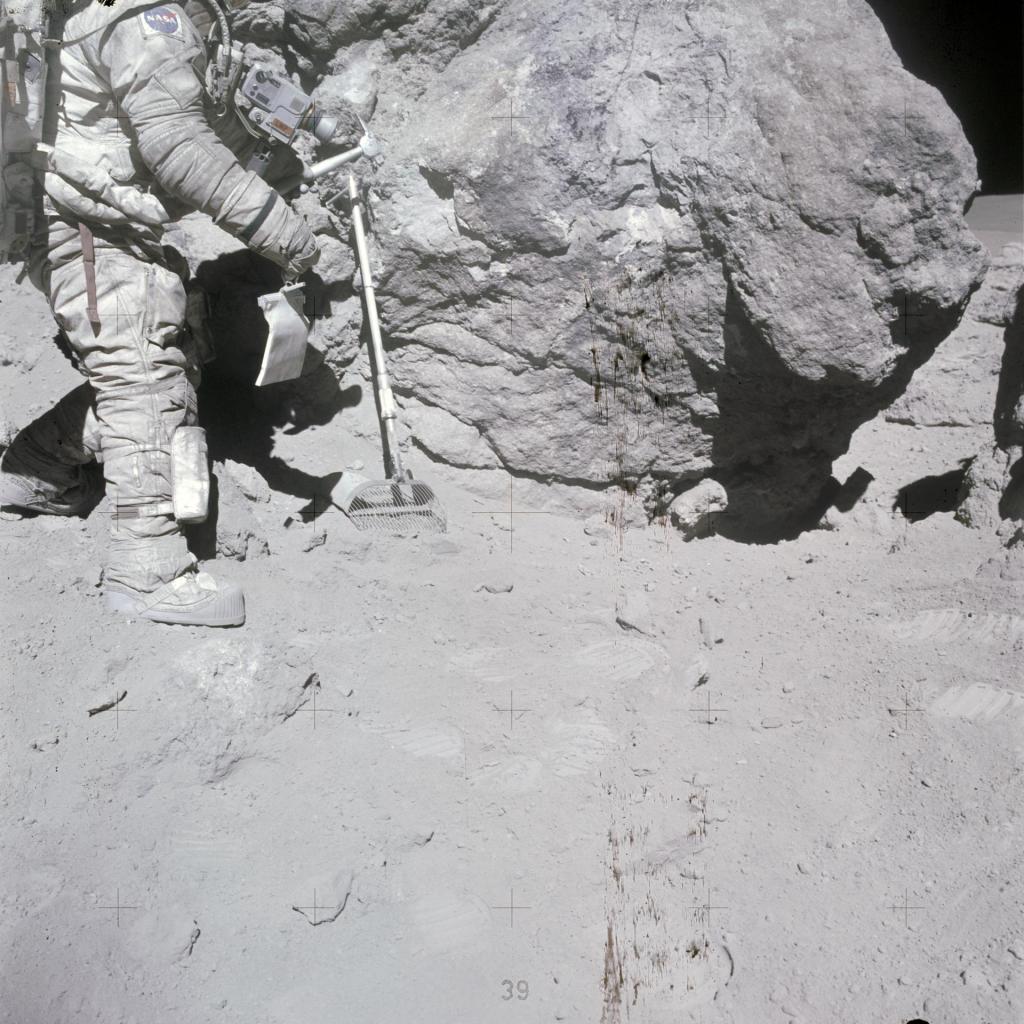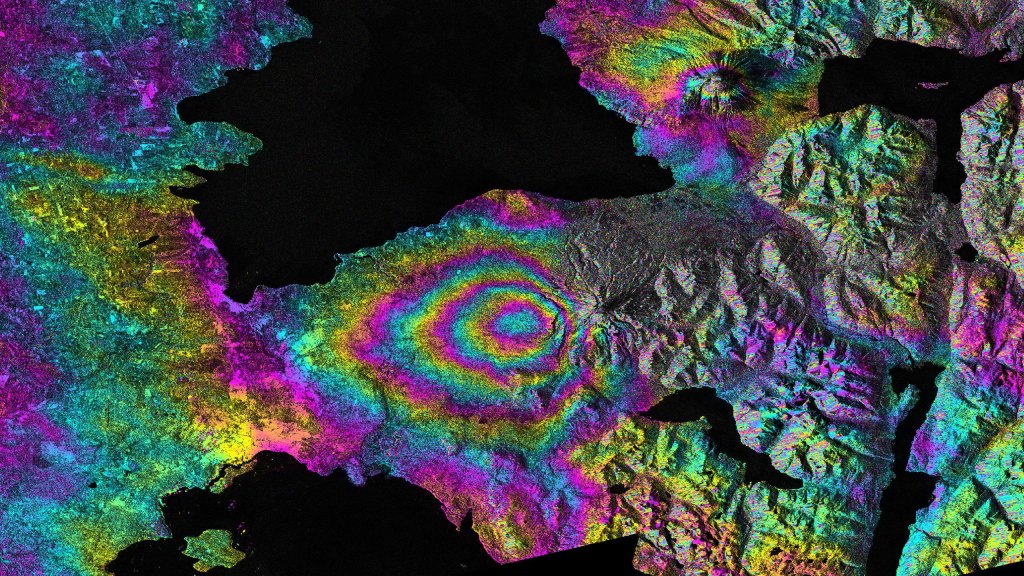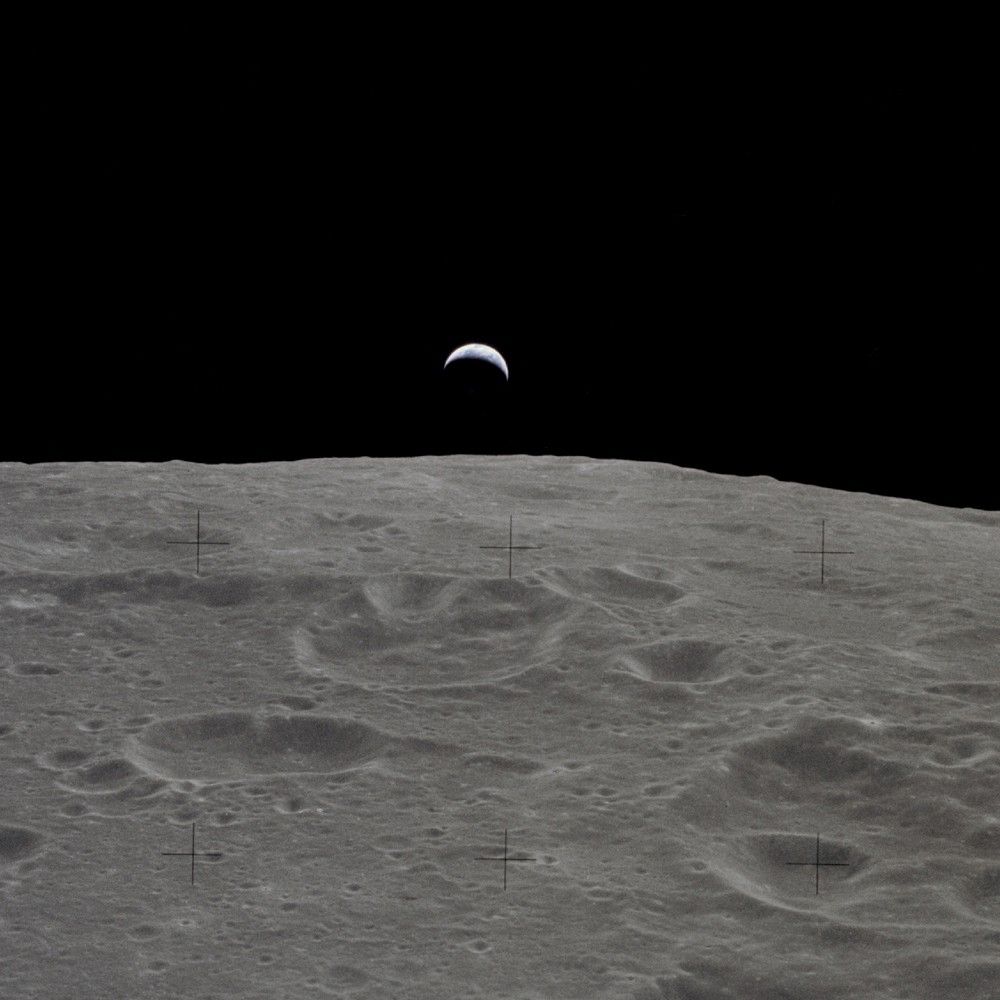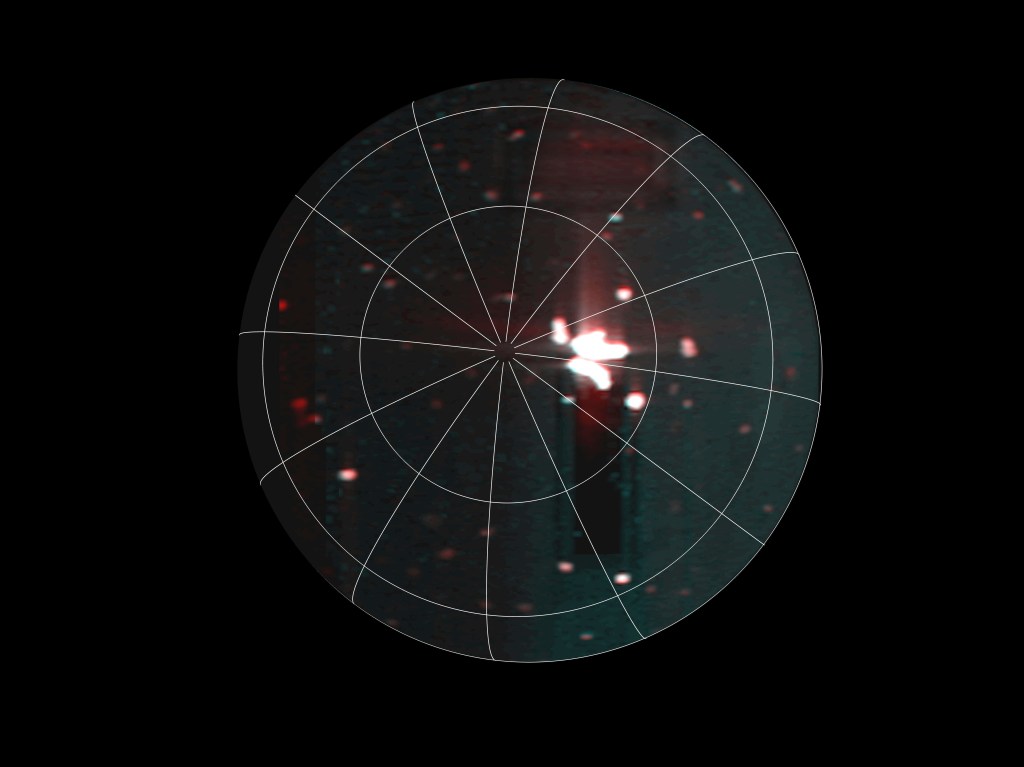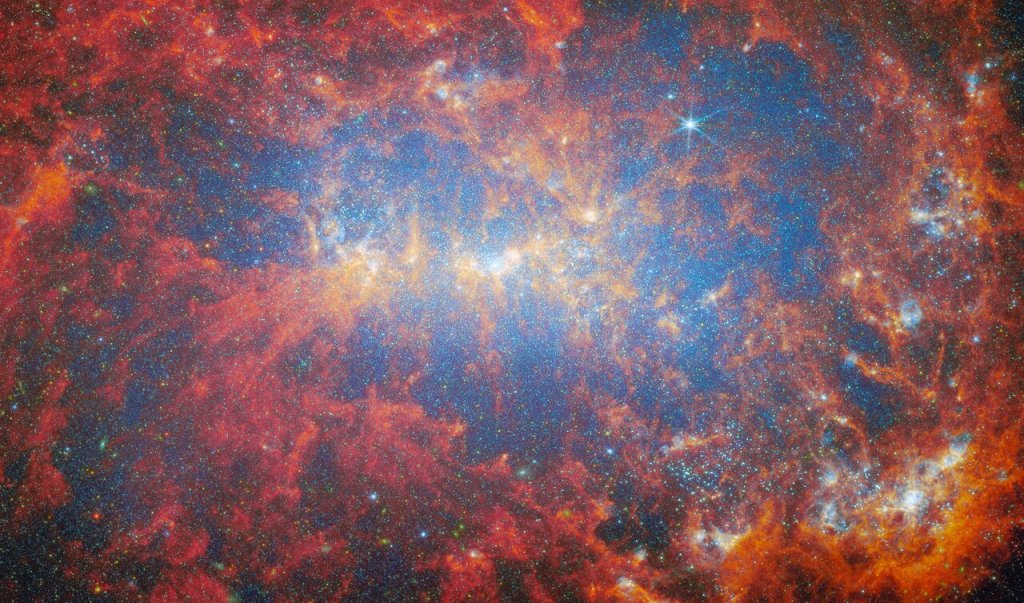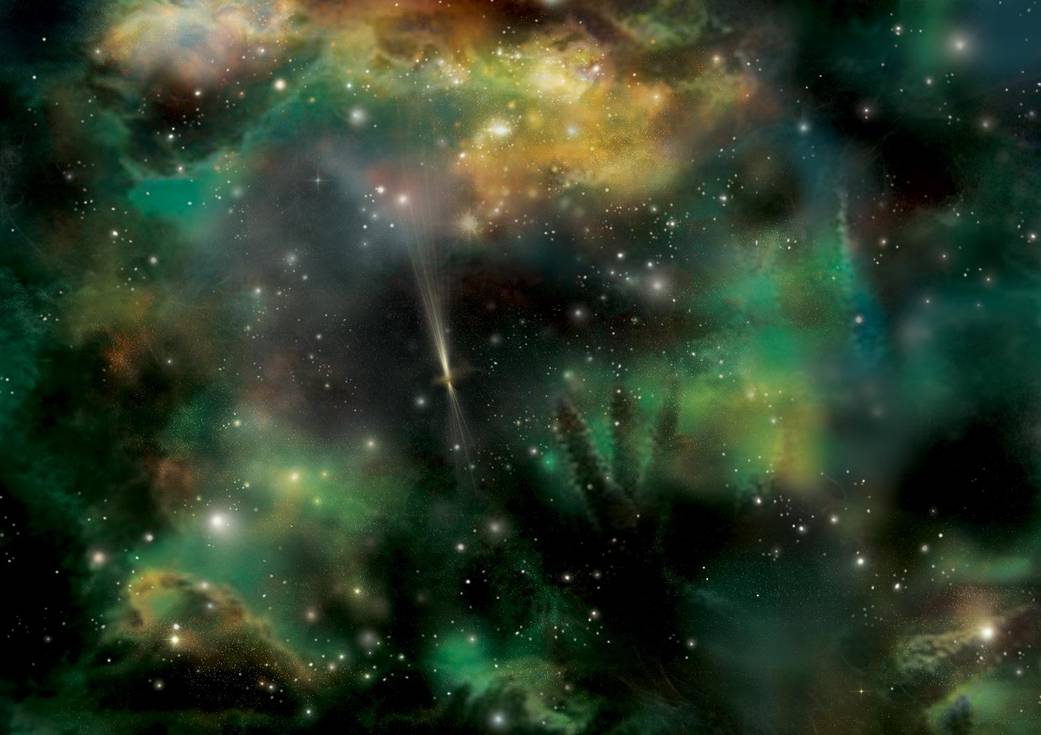
Gamma-ray bursts are the universe’s biggest explosions, capable of producing so much light that ground-based telescopes easily detect it billions of light-years away. Yet, for more than a decade, astronomers have puzzled over the nature of so-called dark bursts, which produce gamma rays and X-rays but little or no visible light. They make up roughly half of the bursts detected by NASA’s Swift satellite since its 2004 launch.
Using one of the world’s largest optical telescopes, the Keck I in Hawaii, researchers looked for unknown galaxies at the locations of 14 Swift-discovered dark bursts.
In this artist’s concept, dense knots of dust in otherwise normal galaxies dim the light of a dark gamma-ray burst (center). The dust absorbs most or all of a burst’s visible light but not higher-energy X-rays and gamma rays.Image Credit NASA/Swift/Aurore Simonnet

